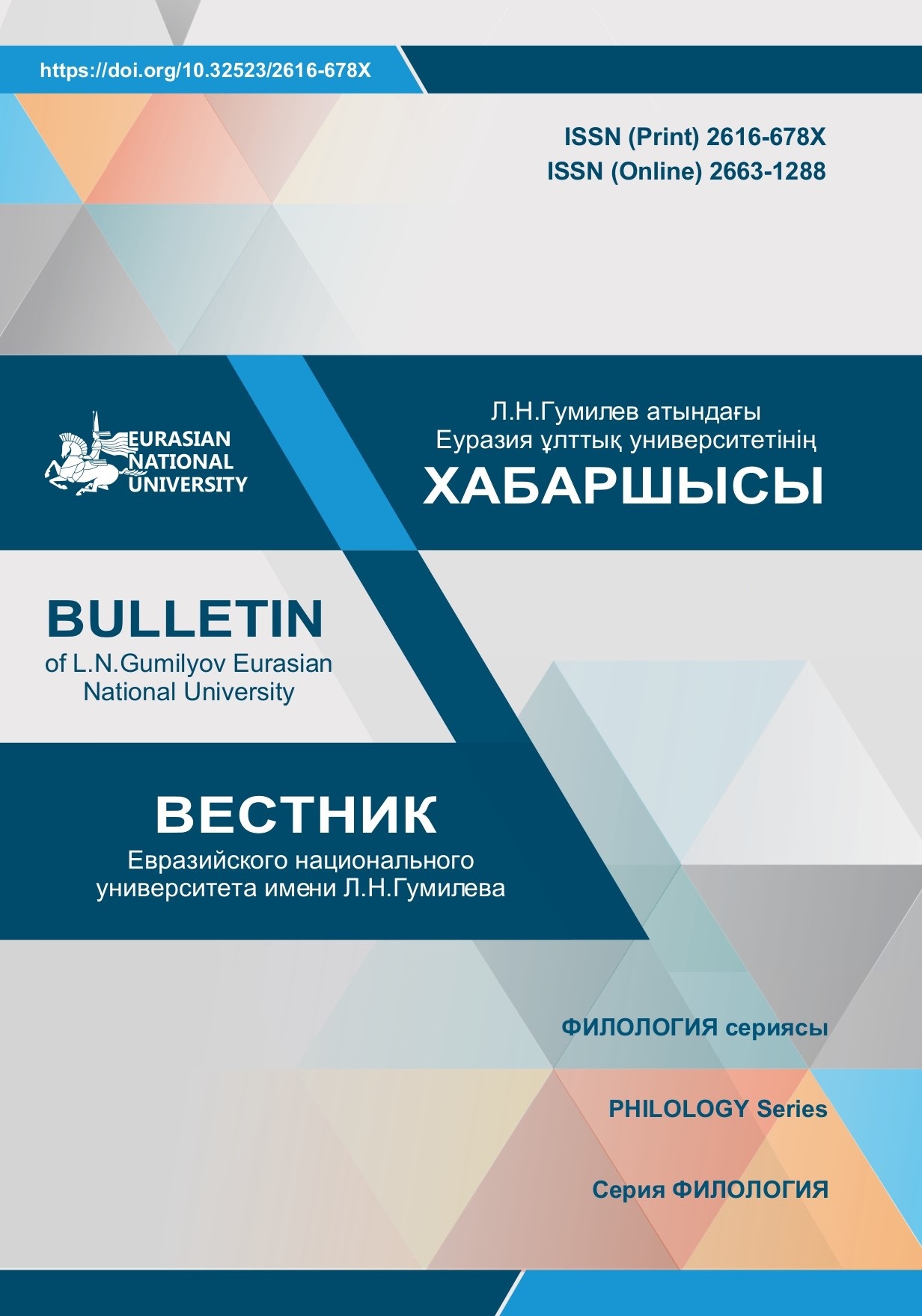On the construction of cognitive spatial models: a linguosemiotic approach (on the example of the toponymic concept «space»)
Views: 149 / PDF downloads: 167
DOI:
https://doi.org/10.32523/2616-678X-2021-135-2-128-138Keywords:
Toponymic picture of the world, cognitive function, oponymic Prostrantvo, spatial modelsAbstract
The article raises the issue that the construction of a symbolic cognitive spatial model is based not
on the meaning of toponyms, but on the context of their use or the interpretation of the culture of the nominative
peoples.
The symbol of toponym has been materialized into the meaning of toponyms but has disappeared from the
visible surface for the perceiving subject. The perceiving subject has to turn to the sphere of culture in order
to comprehend and reconstruct the toponymic picture of the world. The concept «Space» is semantic in the
toponymic picture of the world. The processes of cognitive mastering of the surrounding reality by the members
of ethnosociety proceed in parallel with the conceptualisation of this reality, the task of which is to generate
new meanings, involving new signs in this process, i.e. semiotising the conceptosphere. The linguosemiotic
picture of the world of different ethnic groups is determined by their perceptions of the world, which are
formed differently by each ethnic group. The ethnolinguosemiotic structure of each world picture contains
mental representations of signs; it is dynamic, i.e. it undergoes constant rearrangement and transformation in
the course of historical processes taking place in the ethnosociety.







